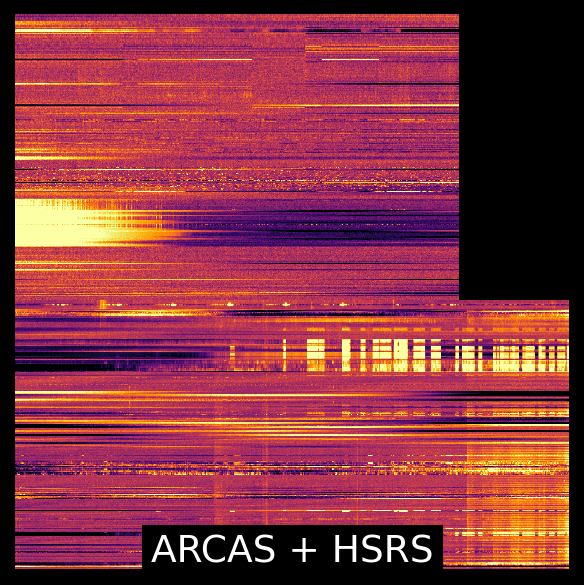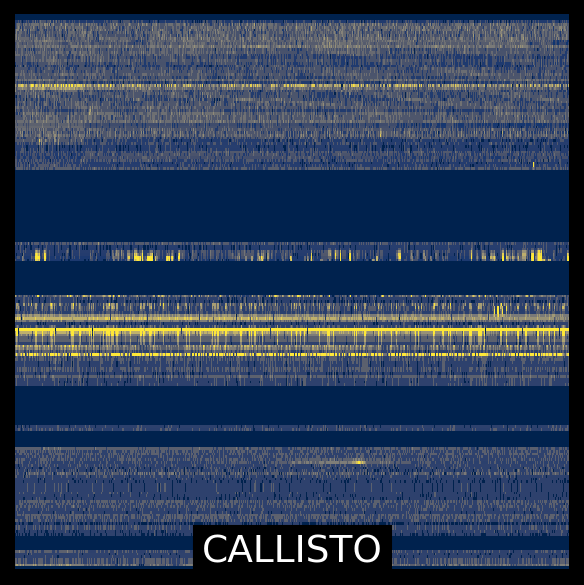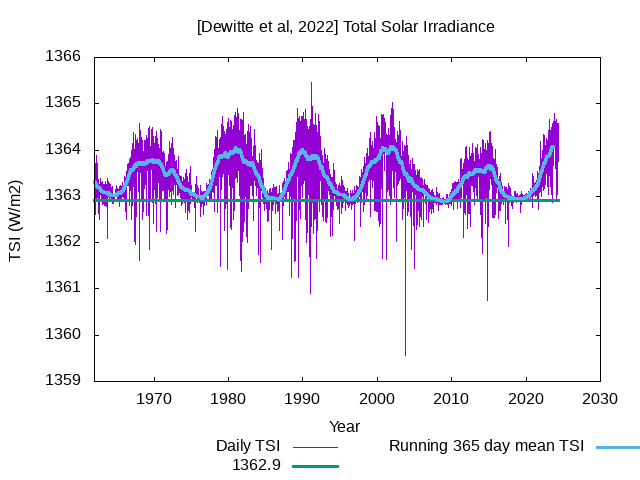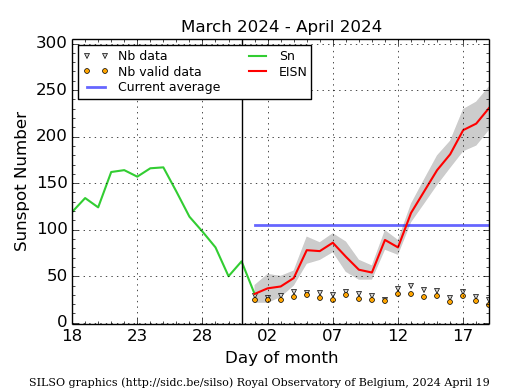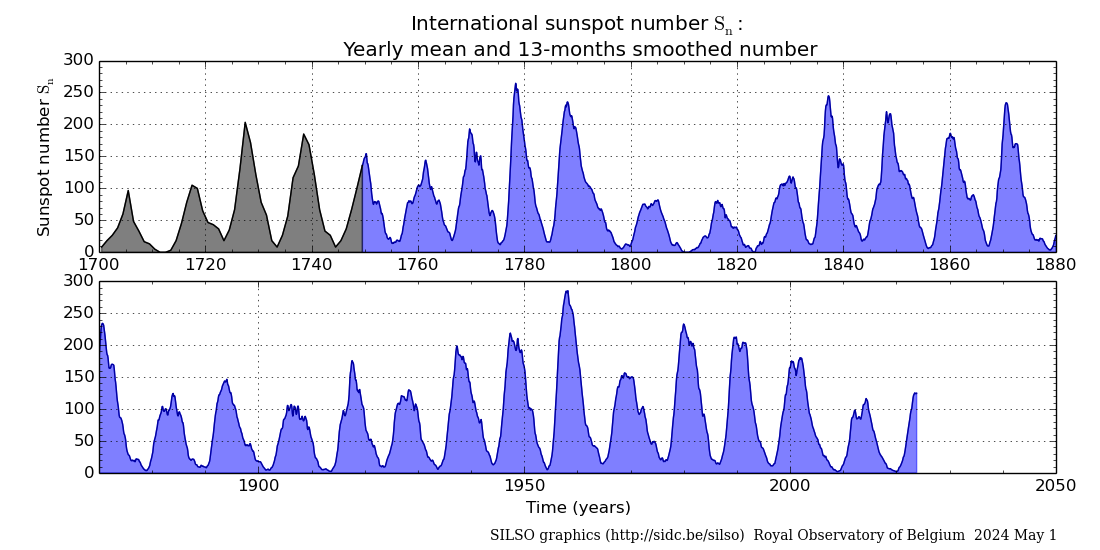Solar flaring activity remained at moderate levels in the past 24 hours with multiple low M-class flares. There are 18 numbered and several unnumbered active regions on the visible solar disc with NOAA AR 3645 (beta-gamma) being the largest one, followed by NOAA AR 3647 (beta-gamma) and NOAA AR 3639 (beta-gamma). The strongest activity was M3.6 flare, start time 03:06 UTC, end time 03:37 UTC, peak time 03:19 UTC on April 23rd produced by NOAA AR 3654 (beta). This region was responsible for another M3.0-flare, peak time 08:21 UTC on April 23rd and continuous to be actively flaring. Isolated low M-class flaring was produced by regions NOAA 3645 and NOAA 3638. Other regions which contributed to the flaring activity are NOAA AR 3649 (beta), NOAA AR 3656 (beta) and NOAA AR 3646 (beta). The remaining active regions are relatively simple simple (magnetic type alpha or beta) and did not show significant flaring activity. The solar flaring activity is expected to remain at moderate levels over the next days with likely further M-class flaring and increased chances for isolated X-class flaring.
No Earth-directed coronal mass ejections (CMEs) have been detected in the available coronagraph imagery over the past 24 hours. A small filament eruption was observed to the south of the central meridian starting around 1:40 UTC on April 23rd. A related chain of flaring activity was observed from regions NOAA 3654 (M3.4 flare, peak time 03:19 UTC on April 23rd) and region NOAA AR 3638 (C-class flaring, peaking at 01:22 UTC and 07:04 UTC on April 23rd) with an eastward and series of south-west CMEs detected by LASCO/C2 around 03:48 UTC and 07:36 UTC. Current analysis is ongoing to determine any potential Earth-directed components related to these eruptions.
Over the past 24 hours the greater than 10 MeV GOES proton flux was at background levels and is expected to continue so over the next days, pending any fast eruptive solar activity.
The greater than 2 MeV GOES 16 electron flux as measured by GOES 16 was below the 1000 pfu threshold and might reach the 1000 pfu threshold over the next 24h. The greater than 2 MeV electron flux as measured by GOES 18 briefly exceeded 1000 pfu threshold around 17 UTC and midnight UTC on April 22nd and is expected to cross the 1000 pfu threshold again in the late afternoon on April 23rd. The 24h electron fluence was at nominal level and is expected to remain so.

